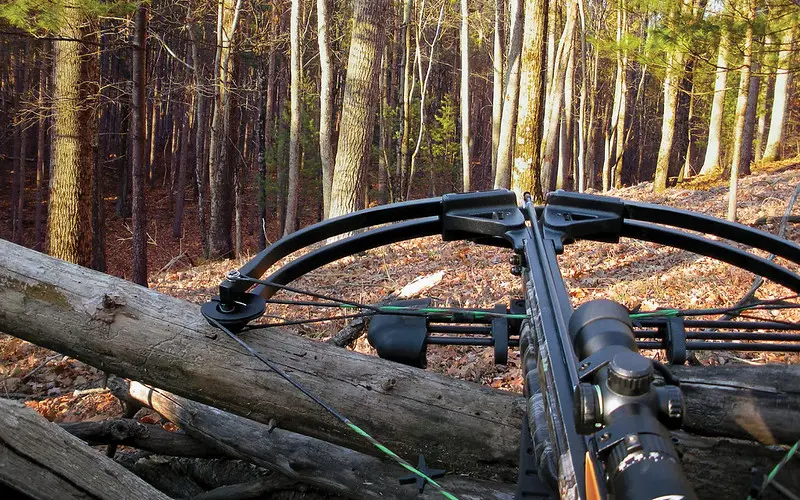
Crossbows are a big part of the hunting world. One crucial detail is how you’re going to shoot your arrows, and that’s where broadheads come in! There are two types: heads with heavy blades for shorter-distance shots; or ones made lighter so they can fly farther before dropping straight down into prey.
There is not a big difference between Crossbow and Compound bow broadheads. Basically, some broadhead producers make some special adjustments and make the broadheads better for a crossbow. Crossbow broadheads are generally heavier than the broadheads of compound bows.
The main difference between these models is marketing strategies, but there’s also an important safety factor at play here too – heavier weight helps maintain accuracy when shooting from close range while light weights allow archers to fire their bowstrings more quickly because less power has been put behind each arrow by design.
Difference Between Cross Bow Broadheads And Regular Broadheads
Compared to a compound bow, crossbows deliver more kinetic energy (KE). As they offer more Kinetic Energy, you can sacrifice some speed by using heavier arrows without decreasing accuracy. With lighter arrows you get faster speeds and increased accuracy with less penetration power.
If hunting is your goal for the use of a crossbow, it may be best that instead of trying to transfer all this KE into penetrating force; sacrificing some heavy-hitting velocity in order to go deeper will allow for greater game retrieval rates while keeping overall efficiency high enough so as not too drastically reduce one’s success rate on target acquisition or shot placement during hunts where multiple shots are required.
As I looked at the top lines of some broadheads, I noticed that many crossbow versions are marketed with higher grain than the regular model. Crossbows typically use heavier arrows and it is much easier for a heavy arrow to be balanced by an appropriately weighted head.
The grain size is basically the only difference that I find. For example, a 150-grain broadhead should be more likely to have a sign of “crossbow” on the label, especially if it’s a fixed blade head of any variety.
Another difference I found is in the mechanical blades, particularly in the springs. In high-speed crossbows, the blade can open before the impact, although there is very low chance of this still it can be dangerous and due to this reason, some manufacturers use tighter springs to prevent this problem.
Mechanical blade crossbow broadheads are a little larger so they have higher velocity produced by the crossbows.
Can You Use Compound Bow Broadheads Instead of Crossbow Broadheads?
Compound bow broadheads or just any regular broadheads can be used in place of crossbow broadheads. You should always look for your needs and requirement while using a broadhead, any type of broadhead you can shoot properly with your compound bow is going to work fine with a crossbow as well.
Which Broadhead Should You Use?
I recommend that you find the broadhead with features most important to your needs, not just checking for “crossbow” on the label. For instance, if weight is a concern then look at how much it weighs and what design of blade it has; or if heavy draw strength matters more than anything else then check out its pull force before picking one.
In conclusion, I want you to choose from any broadheads that match your preferences so long as they have those features which are most significant in meeting them- be sure about these things when selecting an arrowhead since there’s no point in purchasing a new piece of equipment only to later realize it doesn’t meet all of our expectations!






